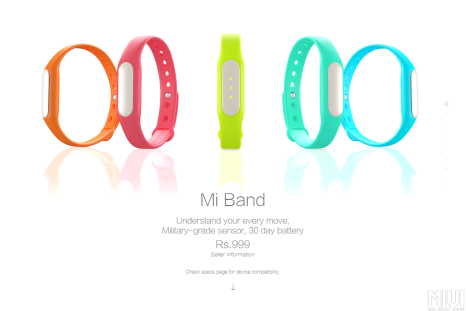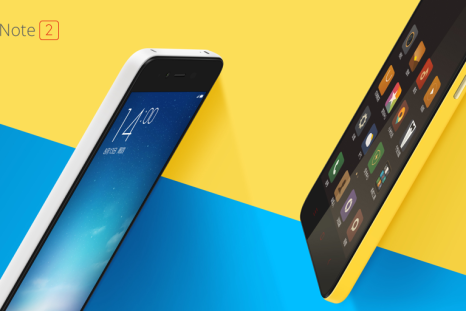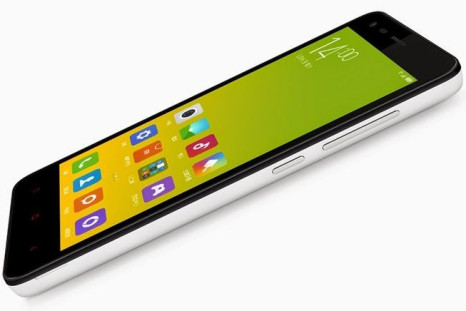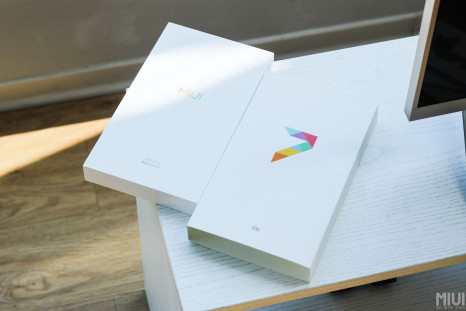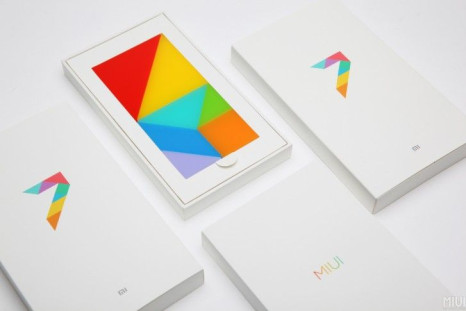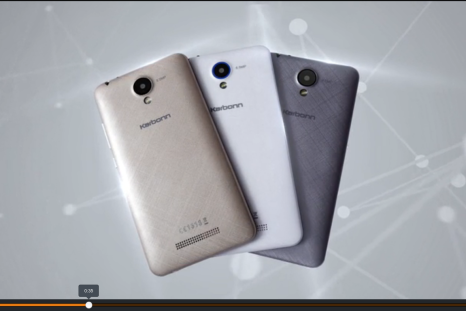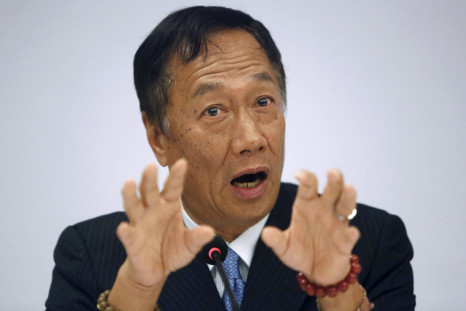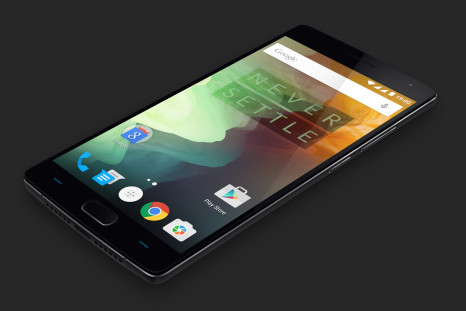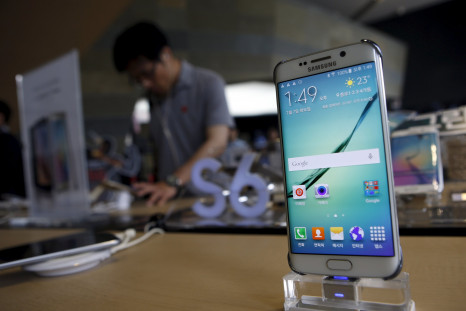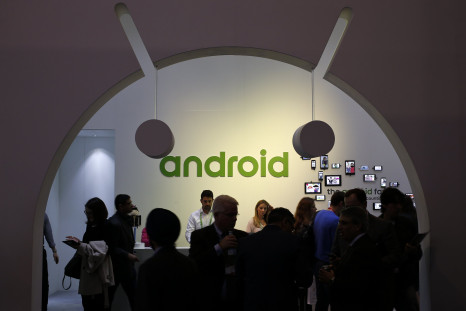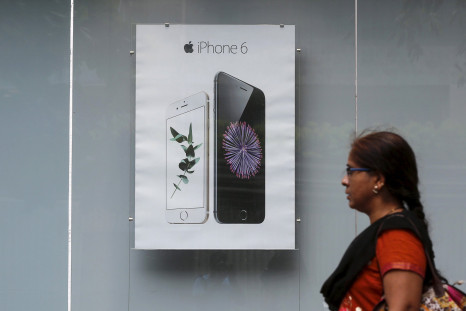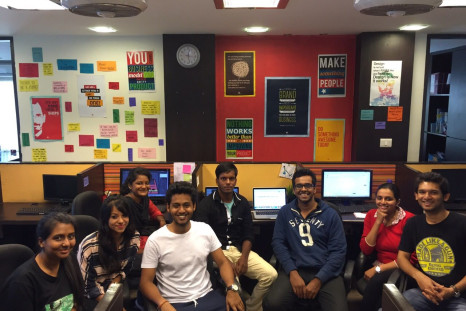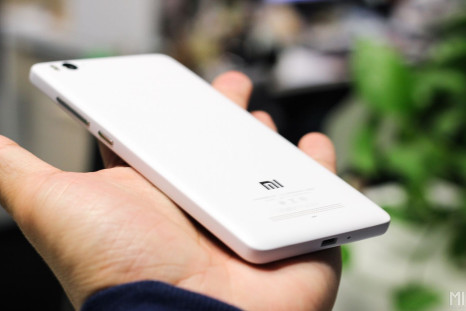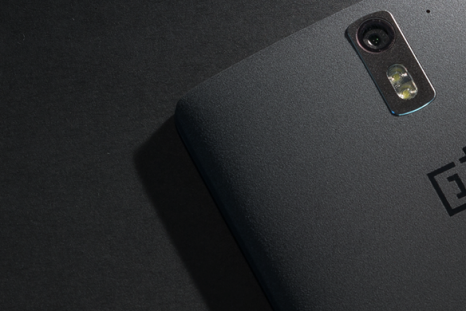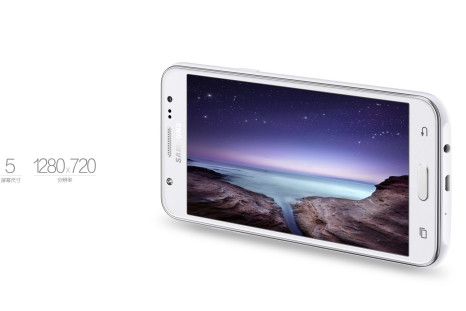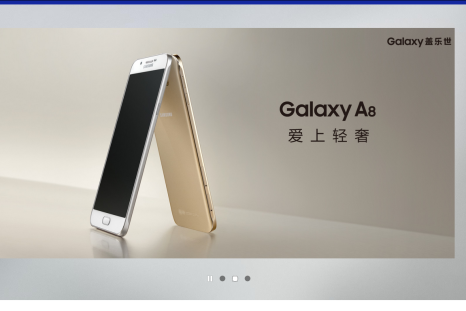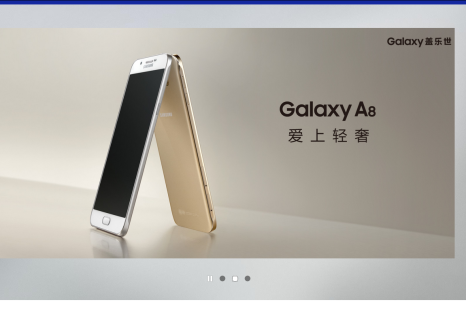Fitness wearables are all the rage and Xiaomi's Mi Band is one of the cheapest out there.
Sundar Pichai’s rise to the top of Google is also raising questions about India’s own technology ambitions — or lack thereof.
Xiaomi unveiled its latest smartphone user interface, MIUI 7, and the software was showcased on the new handset -- Redmi Note 2.
With the smartphone anticipated to become the center of all online transactions soon, companies are expanding their mobile products.
Xiaomi will hold a global launch of its MIUI 7 software at an event in India on Aug. 19.
Xiaomi has taken a significant step in ramping up supply in its second-largest market. It is now assembling the Redmi 2 Prime In India.
In three days, Xiaomi will unwrap the latest version of its MIUI smartphone user interface. Will it also unveil the Redmi Note 2?
Fierce competition at the premium end of the smartphone business is seeing Korean makers LG and Samsung slash prices on their flagships.
As competition rises, Xiaomi seems set to pull out all stops for the Mi5, and the Redmi Note 2 is more likely to appear alongside MIUI 7.
Indian startups have become a huge draw for global investors, including China's Internet giants, as growth picks up in the subcontinent.
The rise of Huawei and other Chinese rivals means Xiaomi has to pull out something really special from its hat to keep its top spot.
Indian smartphone vendors are getting better at amping up specs to match Chinese rivals, as the latest Karbonn smartphone demonstrates.
Despite India's physical infrastructure woes, no one wants to be left out of a potential opportunity offered up by the country's fast-growing economy.
The bedrock of basic research, public money and a vibrant industry-academy partnership that built America's Silicon Valley is missing in India.
OnePlus, the Chinese startup which is only into is second handset, sees India as one of its biggest markets, accounting for a third of its sales.
Upstart smartphone makers have turned the limited supply of their handsets into opportunities to keep the buzz going for their products.
The extent to which Chinese competition and the craze for Apple's iPhone 6 in China hurt Samsung was revealed in its latest quarterly earnings.
Hyper-local deals are all the rage among India's mobile-driven online shopping companies, and they are racing to enroll merchants.
The OnePlus 2 is out and its price in India will likely make it a highly desirable Android smartphone for those interested in a flagship experience.
Google's new Android One phone makes a soft entry in India, packed with many features, but perhaps not enough to take on Chinese rivals.
India could well become Apple's next China as the company finds new ways to reach consumers in the second most populous nation on earth.
Access to the Internet is giving the country's young entrepreneurs a chance to produce high tech in India and sell it to the world, and they're going for it.
India is vital to Xiaomi's goal of shipping a 100 million units globally this year. In the first half of 2015, it sold 31 million smartphones worldwide.
Motorola's new Moto X will have to contend with upstart releases such as the OnePlus 2. All three phones will be released July 28.
OnePlus 2, the much awaited "flagship killer" smartphone, will support two SIM cards, making it even more popular among Indian fans.
Samsung is emulating competitors with exclusive flash sales for its new, competitively priced phones in India.
Samsung is taking on Chinese competition by going back to its strengths -- building phones that offer overall top-of-the-line experience.
As hardware specs get commoditized smartphone makers are looking to use every opportunity to differentiate their phones with creative marketing.
Samsung is releasing more mid-priced smartphones with fairly high-end specs to help retain market share in India.
A steady trickle of Indian-born midlevel product executives at top Silicon Valley companies is heading home to lead local startups.
Editor's pick



